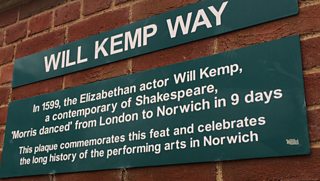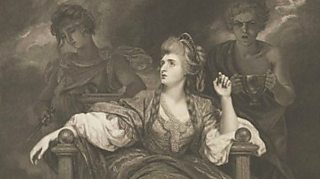Elsinore - A castle fit for a prince
As the world recognises the 400th anniversary of Shakespeare’s death, the 200th anniversary of the world’s oldest Shakespeare performance tradition at Hamlet’s Castle, Kronborg, in Denmark is also being celebrated.
In 2016, at Kronborg Castle will celebrate its 200th anniversary as a custodian of the oldest continuous Shakespeare performance tradition in the world.
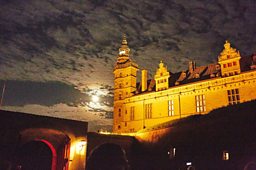
Since 1816, productions of Shakespeare from both Denmark and abroad have been performed at Kronborg Castle as part of a ‘Shakespeare Festival’.
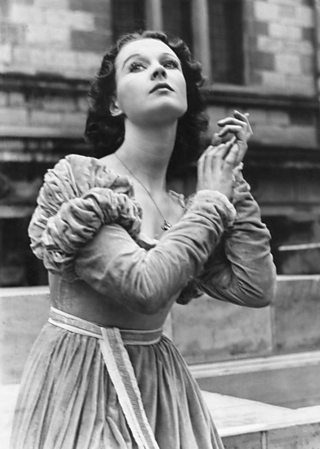
A string of the world’s most highly acclaimed actors have breathed life into Shakespeare’s immortal characters. These include: Laurence Olivier, Vivien Leigh, John Gielgud, Fay Compton, Gustaf Gründgens, Michael Caine, Christopher Plummer, Donald Sutherland, Richard Burton, Derek Jacobi, Simon Russell Beale, Kenneth Branagh and Jude Law.
Many stars have seen their international careers launched at Kronborg Castle. For example, Vivien Leigh stepped directly out of Ophelia’s costume into the frocks of Scarlett O´Hara in Gone With The Wind.
In 2014, the Globe, England’s most famous Shakespearean theatre, premiered its anniversary production. They chose to present a new production of Hamlet. After a world tour to 250 countries, in 2016 Shakespeare’s Globe will arrive in Kronborg Castle and present a series of performances.
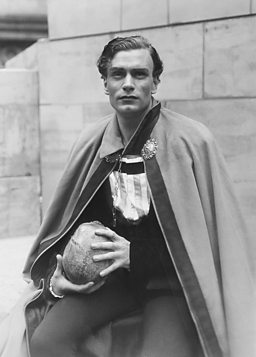
At the bicentennial commemoration of his death in 1816, a virtual Shakespeare-mania went round the world. This was also the golden age of amateur theatre.

In 1816 theatre enthusiastic amateurs performed Hamlet at the garrison of Kronborg. It is uncertain where the stage was situated, but as the ‘drama society of the military’ had their stage placed in the telegraph tower, the Hamlet play possibly took place here, despite the somewhat limited space of 9 x 7.5 m.
It is most likely that the performance commenced with the prologue ‘Hamlet at Kronborg’, which the Danish poet Adam Oehlenschläger had written for the occasion. Some of the words read, ‘from silent vaults retreats the thrill of darkness… Here Hamlet is played. Outside on the terrace path the spirit itself walks by’.
It is of particular interest that in 1816 the young lieutenant Nicolai Peter Nielsen most likely played the title role. Four years later he stopped his military career in favour of various roles at the Royal National Theatre in Copenhagen where he became one of the great actors. In 1826 he replaced Foersom in the role as Hamlet.
A hundred years later the Royal National Theatre appeared in the Courtyard of Kronborg with the next Hamlet.
Sir Laurence Olivier, has hovered like a paternal spirit over the Hamlet performances at the castle
However, it was not until 1937 that the play became a recurring event. Since then one of the great Shakespeare-interpreters of the last century, Sir Laurence Olivier, has hovered like a paternal spirit over the Hamlet performances at the castle.
In 1937 he played Hamlet himself, and for a number of years he was closely linked to The Old Vic Company, the main producer of a number of Hamlet performances at Kronborg which count 1939 with John Gielgud, 1954 with Richard Burton, and 1979 with Derek Jacobi.
Since 1979 there have been a number of attempts to start a new epoch of Hamlet productions at Kronborg, e.g. in 1996 with a ballet performance by Peter Schaufuss and the rock band ‘Sort Sol’. However, it would take 21 years from the last major guest performance until the Courtyard was reopened for Hamlet-productions.
In the year 2000 the Royal National Theatre, London, performed Hamlet directed by John Caird with Simon Russell Beale in the leading role as Hamlet.
In 2016, the festival will host a Russian Shakespeare production of Measure for Measure, several new Shakespearean works and the world premiere of the very first Nordic Hamlet-opera take to the stage in the Courtyard of Hamlet’s Castle, Kronborg.
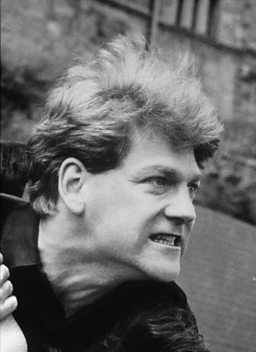


Three gentlemen of Britain perfom in Denmark
In 1586-87 three well-known English actors (George Bryan, the noted comedian Will Kemp, and Thomas Pope) who went on later to work with William Shakespeare's men, performed in the noble houses of Denmark and Saxony. They were not mime artists, nor were they known to speak Danish and/or German. At that period in history English was still a minor language, and few people outside of Britain could speak it. So unless they used interpreters - a rather cumbersome way to entertain the bluebloods - how did they surmount the language barrier in their gigs?



